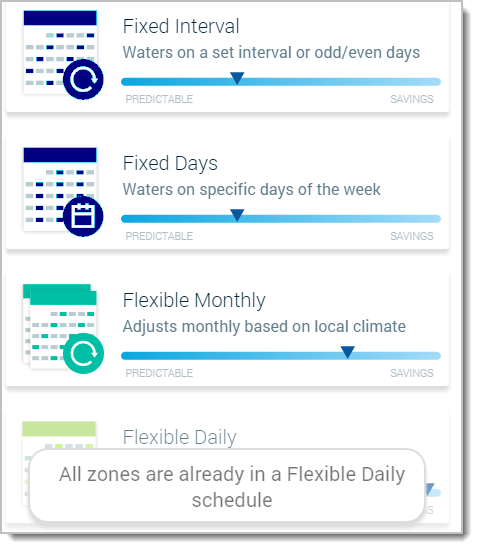I read through your “eating your own dog food” thread that explained the convoluded process you used to tweak your watering schedule. It takes a degree in botany to know how changing various parameters will affect the watering schedule, something that is miles above the average Rachio user’s head.
My suggestion is to create two painfully simple sliders on the home screen that will let the average Joe make the same adjustments without having understand crop evapotranspiration formulas or create custom nozzles.
Slider one: “More Water / Less Water”
Slider two: “Deeper and less frequent / Shallower and more frequent”
Slider one is the same as the existing “watering time” adjustment, but it is a more intuitive graphical representation moved to the front page, instead of buried under three clicks.
Slider two could be implemented by adding a user input variable to the evapotranspiration formula. I don’t really understand the formula, but adding a custom multiplier like 1.05 or 0.95 somewhere to the formula could do the same thing as adjusting crop coefficients or whatever else users currently need to do to customize their watering duration and frequency.
For implementation, have “property” sliders on the home screen that adjust all schedules. Then have “zone” specific sliders to fine tune each zone under that zone’s settings. For the evapotranspiration calculation, simply combine the user input variables (property + zone) into a single multiplier. (or maybe it works better to multiply, property*zone, either should be effective)
With Rachio targeting the mainstream, it needs to be a lot simplier. Professionals, hobbyist, and early adopters take the time to research, read forums, and understand their devices. But the average Home Depot customer wants be able to use his device without having to read a manual. Two intuitive sliders would go a long way to simplifying the manual adjustment process.
Jani


 ) to help identify our strong and weak spots for all users.
) to help identify our strong and weak spots for all users.